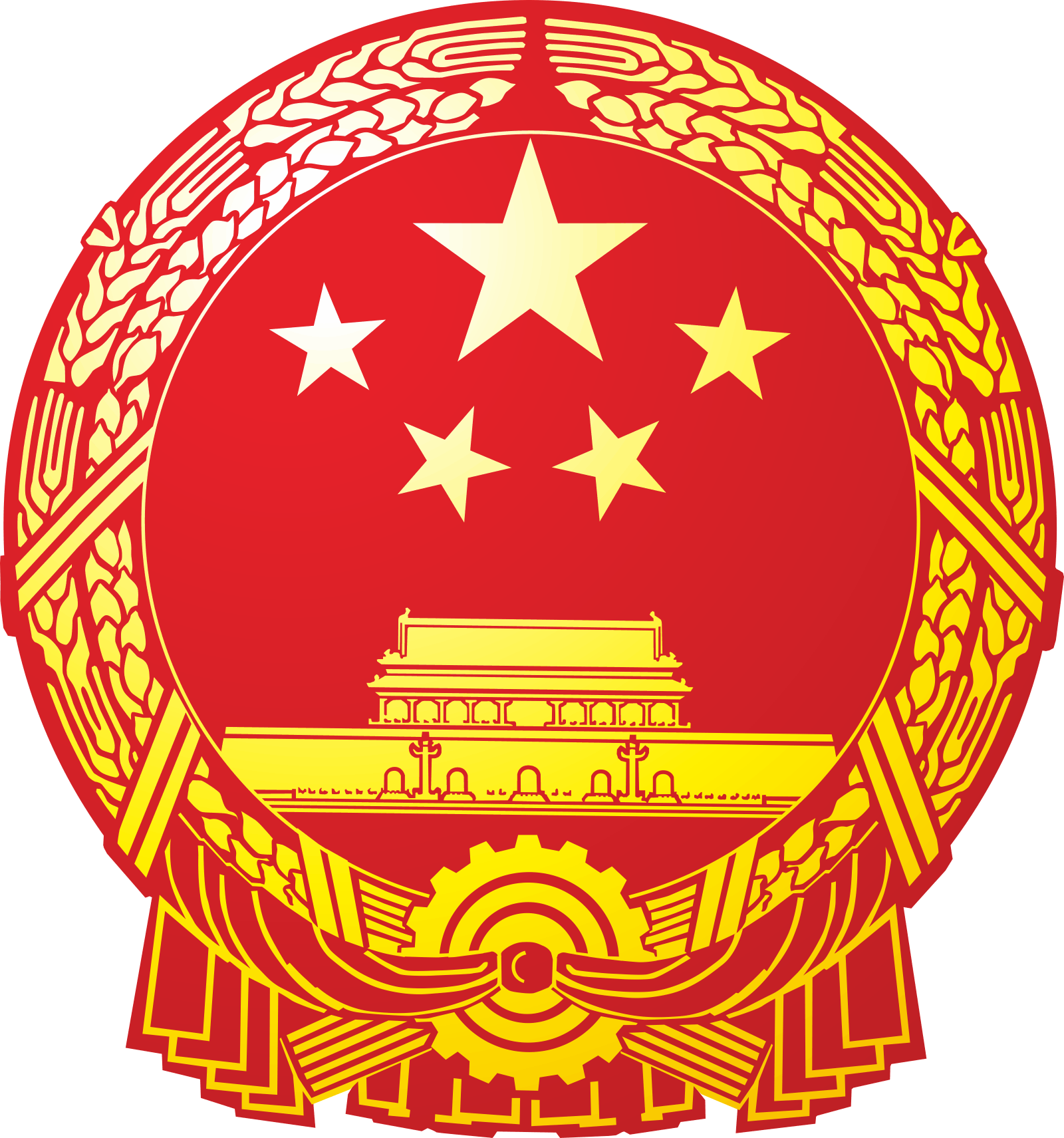(I’m doing this on top of my head, so please correct me if I’m wrong.)
For those that don’t know what the whole chipmaking situation is, you’ve got:
- Chipmachine builders
- Chipmakers
- Chip designers
For the longest time, Intel was the undisputed #1 in 2) and 3), while 1) is currently dominated by Dutch chipmachine builder ASML.
During the 2010s, Intel has been surpassed because of mobile phones that favor efficiency over power, giving the relatively unknown British (now Japanese and probably soon American) chipdesigner ARM the #1 spot.
However, since ARM could not start out with the same business model as Intel without going broke, it doesn’t turn it’s designs into chips. It doesn’t even create final designs. They make design templates and sell their design templates to other chip design companies that make the final designs.
While Xiaomi, Oppo & Vivo rely mostly American final-chip-designer Qualcomm, Huawei managed to found it’s own chip design company named HiSilicon. This suddenly launched China on an equal footing with the US when it comes to 3).
Since ARM surpassed Intel and Intel makes their own chips, people searched for the best chipmaker that wasn’t Intel or Intel-patented (AMD Globalfoundries). They found Taiwanese TSMC to be best suitable.
So now TSMC is on the #1 spot, with Intel now running 2 to 3 generations behind as the mobile phone market is simply bigger than the laptop/desktop market.
Intel is also starting to rely on TSMC for chipmaking rather than producing chips on their own.
SMIC is mainland China’s largest chipmaker, but their chipmaking ability is 4 to 5 generations behind TSMC, which is too low to even produce chips for low-cost laptops/desktops/mobile phones.
This is a big problem, because the trade war is all about cutting China off from buying chips, chip designs, chipmaking machines, or using chipmaking foundries to produce chips like Intel or TSMC.
While Xiaomi, Oppo, Vivo rely on Qualcomm
and Huawei’s HiSilicon relies mostly on TSMC,
SMIC’s problem is that is relies on ASML.
SMEE is China’s largest chipmachine factory.
SMEE is only one generation behind in terms of chipmachine building, but it’s a large technological leap that allows chipmakers to downsize at to least 2 more generations.
14nm by next year is good news, but TSMC is at 3nm, which is (5 nm, 7 nm, 10 nm) 4 generations ahead of SMIC.
There are only three upsides to be being so far behind these days is that
- Downsizing no longer has the same advantage (double the speed per generation) as it used to have.
- The decades-long run of downsizing one generation every 2 to 3 years seems more and more unclear beyond 2025 (2 nm), leaving time for SMIC to catch up.
- And most importantly, the cost of developing at these lower sizes keep going up exponentially, allowing SMIC to become more price competitive, even for high-end products such as mobile phones, desktops and laptops.
These nanometer (nm) numbers no longer reflect the smallest component sizes by the way, because for decades these chips were build without stacking layers of component on top of each other. Despite having gone 3D, chip component sizes are still marketed as being on a 2D scale.

